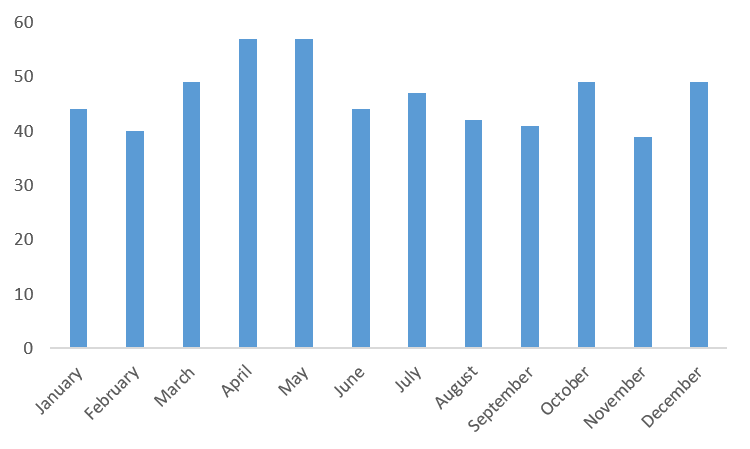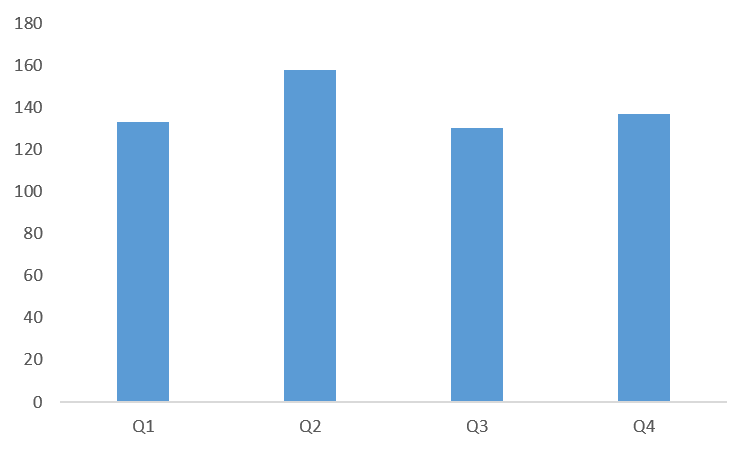The FIFA Women's World Cup kicked off in France last week and for the first time ever all 52 games from the tournament will be shown live on free-to-air television in Ireland. This is an excellent opportunity to showcase women's football to a mass audience in Ireland. The importance of this cannot be underestimated and should increase the level of interest in Ireland for the women's game.
There have been goals aplenty so far and not a single draw to date in the group stages. Tournament favourites and hosts France got off to an impressive start winning 4-0, while defending champions the United States will begin their quest for a record 4th World Cup crown tomorrow (Tuesday).
Speaking to friends over the weekend that had been watching games from both this tournament, and the UEFA Nations League and European Championship qualifiers, a number of people observed that technical proficiency (close control, passing accuracy, dribbling, etc), rather than physical dominance, appear to be more obvious within these games. Given the need to be technically proficient, does that then mean the relative ages effects (RAE) are less to be present at this competition?
The answer is no. RAE is almost always as visible in underage football for girls as it is for boys. When one considers adult teams across both gender RAE is almost never a factor. The data below presents the distribution of dates of birth for players at the World Cup in France.
Broken down by month of birth (left-hand side) or quarter of birth (right-hand side) the distribution of birth dates is largely random.


 RSS Feed
RSS Feed